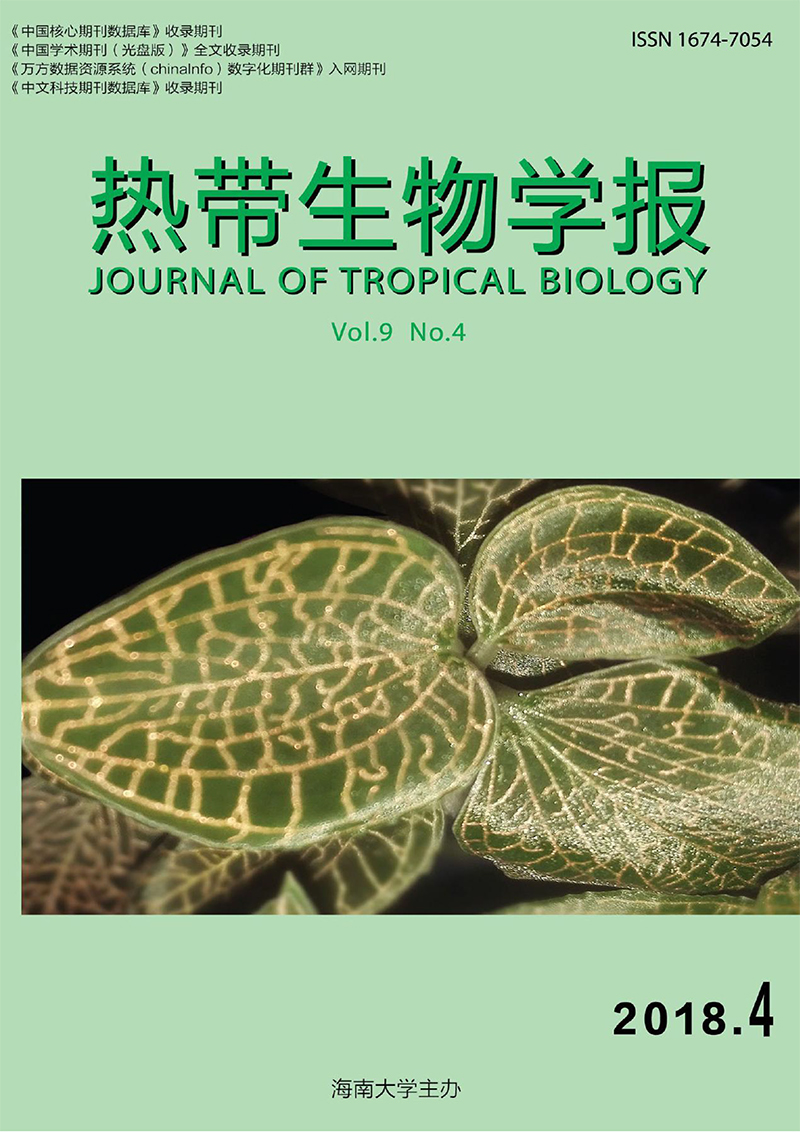Interspecific Association of Schefflera octophylla Secondary Forest Communities in the Central Part of Hainan
doi: 10.15886/j.cnki.rdswxb.2018.04.007
- Received Date: 2018-03-04
- Rev Recd Date: 2018-09-18
-
Key words:
- Hills in the Central Hainan /
- interspecific association /
- variance ratio /
- Schefflera octophylla /
- secondary natural forest
Abstract: The interspecific associations of dominant species in the tree layer,shrub layer and herb layer in the natural secondary forest of Schefflera octophylla in the hilly tropical region of the central part of Hainan were studied in order to clarify the inherent laws of community succession and interspecific association in the S. octophylla community toprovide a theoretical basis for the conservation,restoration and re-establishment of the S. octophylla community. The overall association of 15 tree species,19 shrub species and 15 herbaceous species in the S. octophylla community was calculated by usingcontingency tables,variance ratio test,and Jacard index. The results showed there was generally no significant positive correlation between all the layers of the S. octophylla community,although there were 10 pairs of species with significant positive correlation,and the Jacard index was highly consistent with the test. The dominant species in the S. octophylla community in the hilly area of central Hainan Island were loosely correlated,and the interspecific correlation of the dominant species was not close and was at a unstable stage of dynamic succession. The plant species were somewhat separate to each other and tended to develop steadily. In practice the plant species that are highly correlated with each other should be protected in order to shorten the succession of S. octophylla secondary natural forest in the hilly area of the central part of Hainan.
| Citation: | WANG Pai, GOU Zhihui, NONG Shouqian, HUANG Chuangteng, Ling Ling, YU Xuebiao. Interspecific Association of Schefflera octophylla Secondary Forest Communities in the Central Part of Hainan[J]. Journal of Tropical Biology, 2018, 9(4): 409-417. doi: 10.15886/j.cnki.rdswxb.2018.04.007 |






 DownLoad:
DownLoad: